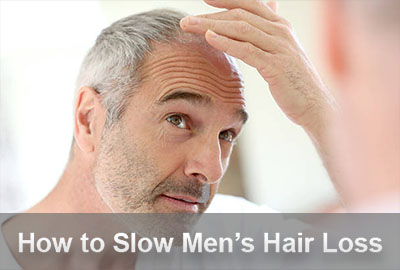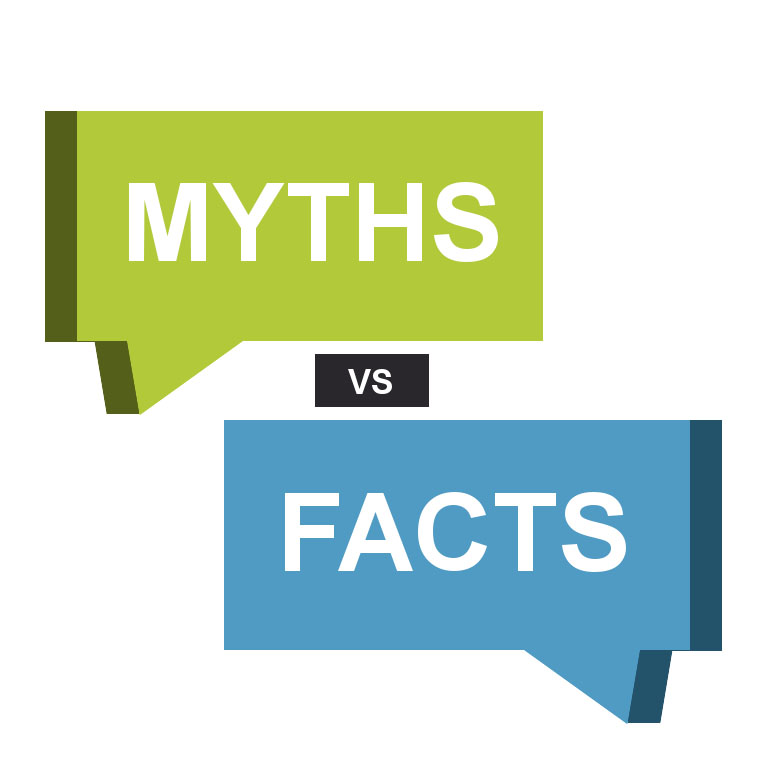Many people believe that hair loss is simply, a “women’s issue.” When in fact, according to the Hair Society, “35 million men suffer from hair loss.” By the age of 35, two-thirds of all men will start to suffer from some form of hair loss and by the age of 60, it increases to 80% of all men. Hair loss is one of those things in life that men will have to contend with, but there are treatment options with or without the help of professional services. Learn more about men’s hair loss and treatment options by reading more details below.
Contents
What Causes Male Hair Loss
Men can suffer from hair loss for a number of reasons much like women. Heredity is the biggest culprit behind men experiencing thinning hair. Often times, this causes receding hairline and/or thinning or balding hair at the top of the head. However, there are other things that can cause men to start to lose their hair. The following are other ways men can start to experience hair loss:
- Poor diet
- Drugs
- Chemicals
- Stress
- Excessive alcohol
- Hormones
What Are The Symptoms Of Hair Loss
If you’re suffering from hair loss, you may be wondering what symptoms you can expect. Thinning hair and male pattern baldness have the same symptoms for most men but happen at different times. In fact, many men will start to have thinning hair with age, genetics, and hormones.
For other men, their hair will start to see patterns of thinning hair around the sides of their hair, hairline, or the top of their hair. Many serious cases of hair loss happen when men lose a large portion of hair from the hairline and the top of their hair.
Myths About Men’s Hair Loss
There are two myths about hair loss that cause many men to be reluctant to treat their symptoms of hair loss and learn why both of them are false below.
- Hair loss in women has a greater impact on women. While many people believe hair loss will impact women more than men, this isn’t true. Hair loss can impact every area of their life. It can cause men to experience signs of depression, lose their confidence, and start to be less active
- Taking supplements will cause me to lose my hair. Taking supplements will not cause male pattern baldness. Most men take supplements that aren’t FDA-approved or clinically recommended for hair loss and start to experience adverse side effects that include hair loss. Learn more details on how to treat hair loss and why Propecia is FDA approved and preferred to treat hair loss.
Can Men’s Hair Loss Be Treated?
There are several ways to treat hair loss. Many men aren’t using hair care products that are properly formulated for their hair type. Look for all-natural products to greatly reduce your chances of hair loss. Many others seek professional help but this can be quite pricey and doesn’t always guarantee results.
What Propecia is And How It Works
Propecia is an FDA-approved prescription drug that has had proven results. In a recent study, “80% off all men taking Propecia preserved their original hair follicles.” Propecia has been proven to decrease the conversion of testosterone to dihydrotestosterone, which is the main side effect of the drug that prevents your hair from falling out. Propecia became popular again once claims came about that President Donald Trump was taking the hair growth prescription. Does Propecia really work?
As a hormone-altering drug, Propecia has been known to have amazing side effects that prevent hair loss. Propecia can be prescribed by a dermatologist or your primary care physician. It’s important to note that you have to take Propecia the way it’s prescribed to you to avoid adverse side effects. In fact, Propecia was once prescribed for an enlarged prostate. However, over time many men began to see the hormone-altering benefits that reduced their chances of having hair loss.
Once you start taking Propecia, it’s important to keep taking it regularly. Once it’s discontinued, patients can start to lose the hair that was retained during the period it began to fall out. You’ve got to be committed to using Propecia for a significant amount of time. According to Lindsey Bordone, MD at New York-Presbyterian and Assistant Professor of Dermatology at Columbia University, when it’s prescribed for an enlarged prostate, men take it in much higher doses, but for hair loss, only one-fifth of that dose is needed.
A few men that have taken Propecia have had a low libido from taking Propecia in high doses. However, these symptoms tend to go away after a short period of time for most men. Check out the video on Propecia below to learn more details on how it can work for you:
How To Get Propecia To Work For You
Before you start taking Propecia, you should get a full hair evaluation. A doctor or dermatologist will determine if your hair loss is caused by an underlying medical condition. Many men could be experiencing hair loss because of an underlining issue like tight braiding, an autoimmune disorder, chronic illness, or surgery. There are many diagnostic steps that will be used to determine your hair structure, function, and if there are any diseases present.
In fact, Propecia is the best alternative to products like Rogaine or Minoxidil. Propecia is very simple to use by taking two pills a day. It can take a while to see results, but Propecia has been known to be a proven solution to hair loss. Plus, it very affordable when compared to professional treatment options.
Conclusion
If you take Propecia according to the prescribed dosage, you can start to see tremendous results in male pattern baldness. Men can start taking Propecia before or when they start to experience hair loss for the best results.








